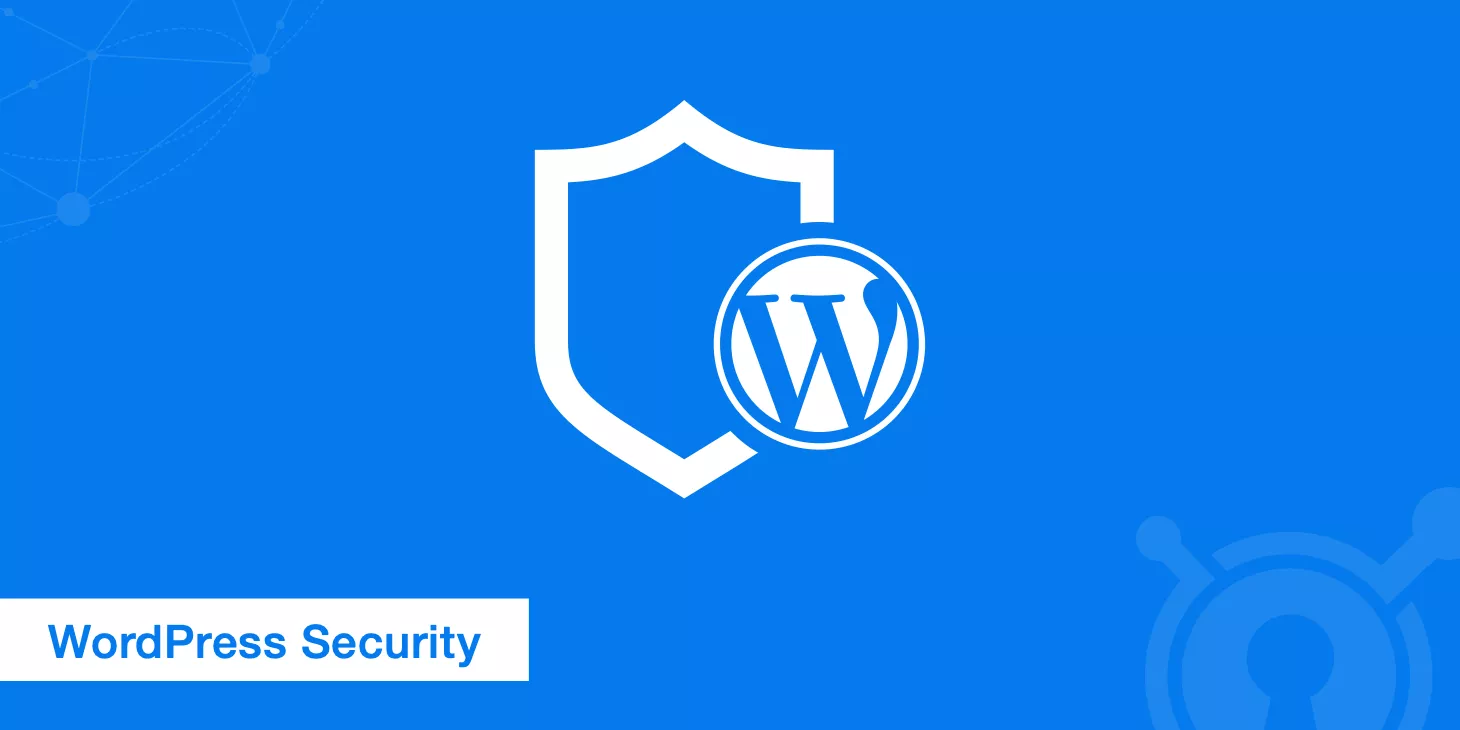You might often find yourself wondering when doing Google SEO: “Is my click-through rate (CTR) normal or not?”
Some people online say, “If your CTR is below 1%, you have to change your title.” Others say, “It depends on the industry.” But vague advice like that just makes things more stressful.
I’ll break it down in plain English, so you can avoid blindly making changes and actually spend your money where it counts.

Table of Contens
ToggleCTR: What It Really Means & How It’s Calculated
“Low CTR? Change the title!” — That’s a knee-jerk reaction. But do you even know how CTR is calculated?
Take a deep breath and spend 3 minutes truly understanding this basic, often misunderstood metric.
1. CTR isn’t magic — it’s simple math
Here’s the formula: CTR = Clicks ÷ Impressions × 100% (e.g., your page shows up in Google 100 times and gets 2 clicks — CTR is 2%)
But in real life, 90% of people mess up the “denominator”:
- Impressions ≠ Total website visits
- Impressions = The number of times your page appears in search results (even if users don’t scroll down, it still counts as one impression)
2. Organic search vs Ads — huge CTR difference
Organic search: Users actively looking for info — average CTR is 1.5%-3%
Top 1 result can hit up to 25%, 10th place might not even get 0.5%
Ads: Users passively see them — average CTR is 3%-10% (higher for e-commerce)
A high ad CTR ≠ success — it might just be too broad a keyword (like “phone” — gets clicks, poor conversions)
3. “Is a 0.8% CTR okay?” — Depends on 3 factors
Ranking position: 1% CTR at 5th place is solid. At 1st place? That’s a fail.
Keyword type:
- Branded terms (e.g., “Nike official site”) can hit 5%-10%
- Long-tail terms (e.g., “how to choose running shoes”) usually get 0.5%-2%
Device differences:
On mobile, titles get cut off — CTR is 10%-20% lower than on desktop (e.g., “Latest in 2023…” becomes just “Latest in 2023…”)
CTR Benchmarks by Scenario
“Someone else’s CTR is 5%, mine’s only 0.6% — am I doomed?” — Hold up. Just like you wouldn’t compare a fast food joint to a 5-star hotel by table turnover rate, CTR depends heavily on your search context.
1. Ranking position in organic search is critical (Data: Ahrefs 2023 Report)
- 1st place: Average CTR 27.3% (most users don’t scroll — they click the first thing)
- 2nd–3rd place: CTR drops sharply to 15%
- 4th–10th place: Typically 2%-5%
- After 10th place: Could be just 0.3%-1% (people don’t even see you)
Example: An article on “how to choose coffee beans” had a 22% CTR at 1st place, but dropped to just 4% after falling to 4th.
2. Ad types can boost CTR significantly
Search ads: Average CTR 3.1% (Google Ads official data)
- E-commerce (e.g., “discount shoes”): CTR can reach 5%-8%
- B2B services (e.g., “ERP systems for businesses”): CTR usually 1%-3%
Shopping ads: Massive lead — average CTR 9.6% (images grab more attention than text)
3. Mobile vs Desktop: Title truncation kills clicks
- Desktop titles: Show 50-60 characters, generally 20% higher CTR than mobile
- Mobile titles: Cut off after 32 characters — CTR takes a big hit
Real test: Changed title from “Top 10 Headphones of 2023 (With Reviews & Ratings)” to “2023 Top 10 Headphones” — mobile CTR jumped from 0.8% to 1.5%
4. Industry differences are massive
- E-commerce product pages: 1.5% is acceptable (users compare a lot, click less)
- Tutorial blog posts: 3%-5% is normal (users urgently need solutions — they click fast)
- B2B service pages: Even 0.5%-1% can be fine (long decision cycles, lots of back-and-forth)
Deep Dive: When CTR Is Below 1%
“CTR under 1%? Change the title right now!” — Blanket advice like this often makes things worse.
You need to identify the real cause before fixing anything.
1. 3 Hidden CTR Killers in Titles (Based on real cases)
Killer #1: Title gets cut off
- Mobile title over 32 characters: Users only see “Top Running Shoes 2023…” — key info gets lost, CTR tanks
- Fix: Use tools like SERP Simulator to preview your mobile title layout
Killer #2: Keyword stuffing
- Bad example: “SEO Tips | Website SEO | SEO 2023” → Looks like spam
- Good example: “3 Proven SEO Tips (2023 Update)” → CTR jumped from 0.7% to 1.9%
Killer #3: No action prompt
- Vague title: “All About Coffee” → CTR 0.6%
- Improved: “Pour-Over Coffee Guide: Learn Pro Methods in 5 Minutes” → CTR 1.3%
2. Don’t Ignore Your Meta Description
The truth: Sometimes Google ignores your meta description and pulls random text from your page — messing up what users see.
Example: A tutorial page had 0.5% CTR. After writing a custom meta description — “Fix Excel Lag in 5 Steps (Free Template Included)” — CTR rose to 1.2%.
Key rule: Make sure your first 120 characters include the user’s pain point and your solution
3. Mismatch with Search Intent: A Top Cause of Low CTR
Typical sign: Page ranks #1, but CTR is only 0.8%
- Example: User searches “how to delete Instagram account” but your page is about “Instagram feature updates” → completely misses what they want
How to fix it:
- Use tools like Ahrefs to check the actual search intent behind ranking keywords (informational / navigational / transactional)
4. Technical Issues: Users don’t even click in
- Mobile Optimization: Buttons too small / spacing too tight, misclick rate over 30% (especially on Android devices)
- Page Load Speed: Google tests show → if load time exceeds 3 seconds, CTR drops by 15%
- Missing Security Certificate: Browser says “Not Secure”, users instantly close the page
CTR Optimization (Beyond Just Changing Titles)
“Tweaked the title dozens of times but CTR still won’t budge?” — The problem might not be the title at all.
CTR optimization is a whole system. Try these lesser-known but proven tricks.
1. Structured Data: Add ‘special effects’ to your title
- Star Ratings: Show ★★★★☆ before the title, average CTR boost of 24% (Source: Search Engine Land)
How to: Use Schema markup for product ratings and price ranges to trigger rich results on Google
- Breadcrumb Navigation: Shows “Home > Tutorials > Mobile Photography” above the title — increases click willingness by 18%
- FAQ Markup: For “how” and “why” questions, folded answers appear in search results — CTR goes up by 30%
2. Reverse-Engineer SERP Features
Snag the Featured Snippet:
- Ask a question directly in the title: “How to reduce water retention fast?” → aligns with Google’s Q&A style
- Use step-by-step content (like “3 moves, results in 5 minutes”)
Avoid “Ad Clutter Zones”:
- If the top 4 spots are ads, long-tail keywords are a better bet (e.g., “Affordable Bluetooth headphones” vs “Bluetooth headphones”)
3. Doing A/B Testing the Right Way
- Tool Options:
- Google Search Console’s “Compare Performance” feature (free but has 3-day delay)
- Third-party tools like ClickFlow for real-time title variant testing
- Test Duration:
- Wait until you hit at least 2,000 impressions before making decisions (small sample sizes can mislead)
- Example: One tools page tested “Free” vs “Zero Cost” — the latter boosted CTR by 37%
4. Cross-Analyzing User Behavior Data
Heatmaps Reveal the Truth:
- If users click the top of the page and bounce immediately, it’s clickbait — Google will penalize it
- Pages with scroll depth ≥ 50% usually see a 15% CTR boost later on (a sign of good content)
Search Query Reports Can Uncover Opportunities:
- Export keywords with high impressions but low clicks from Google Search Console, then optimize your opening paragraph
5. Overlooked Tech Boosts
Preload Acceleration:
Use to load key assets early — pages load almost instantly, CTR jumps 9%
AMP Page Optimization:
Enable AMP for news-style content — mobile CTR is 22% higher than regular pages (Google prioritizes AMP)
Common CTR Mistakes You Might Be Making
“Why did my CTR drop after I changed the title?” — Many people are unknowingly sabotaging their efforts.
1. Mistake #1: Changing Titles Too Often
Reality Check: Google needs 2–4 weeks to reevaluate a page; frequent edits cause ranking instability
Example: A blog changed its title 3 times a month — CTR dropped from 1.2% to 0.5%, then rebounded to 1.1% after restoring the old one
- Safe Frequency: No more than 2 title changes per month for the same page, and at least 14 days apart
2. Mistake #2: Focusing on CTR But Ignoring Bounce Rate
- Self-Sabotage: Using clickbait like “Click to get a free iPhone” might get CTR to 3%, but bounce rate hits 90% → Google sees low-quality content, ranking crashes
Healthy Benchmarks:
- CTR ≥ 1% + Bounce Rate ≤ 50% → Positive loop
- CTR ≥ 2% + Bounce Rate ≥ 80% → Red flag
3. Mistake #3: Ignoring Seasonal Fluctuations
Normal Patterns:
- Travel sites often see 30%-50% CTR increase during summer/winter holidays
- Tax/Finance sites see a 20% CTR dip in Dec–Jan (user intent shifts from “how-to” to “policy breakdown”)
What to Do: Use Google Trends to compare historical data and filter out seasonal noise
4. Mistake #4: Using Desktop Titles for Mobile
Mobile-Specific Issues:
- First 32 characters must include the main keyword (rest may get cut off)
- Too many symbols (like “|” “【】”) waste space and bury key info
- Bad Example: Title “2023 Latest|NYC Travel Guide (Map/Transport/Food)” → Mobile shows “2023 Latest|NYC Trav…” → CTR 0.4%
5. Mistake #5: Ignoring Competitor SERP Layouts
Ad Crowding Effect:
- If the top 3 spots are ads, the first organic result might get only 2% CTR (normally 25%)
- Fix: Use tools like SEMrush to analyze ad density and avoid high-competition keywords
Remember these two core principles:
- CTR Optimization = 50% Tech Check + 30% Intent Alignment + 20% Copywriting
- Before each change, ask yourself: What device is the user on? What stage of decision-making are they in?
Next time your CTR drops below 1%, do these 3 things first:
- Search your target keyword on mobile and screenshot how it looks in results
- Check your page speed (Tool: PageSpeed Insights)
- Compare the content structure of the top 5 SERP results






